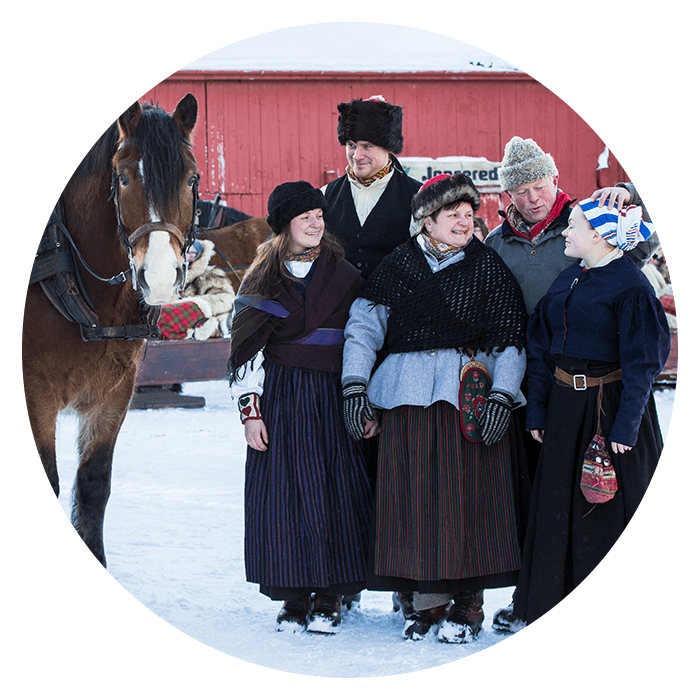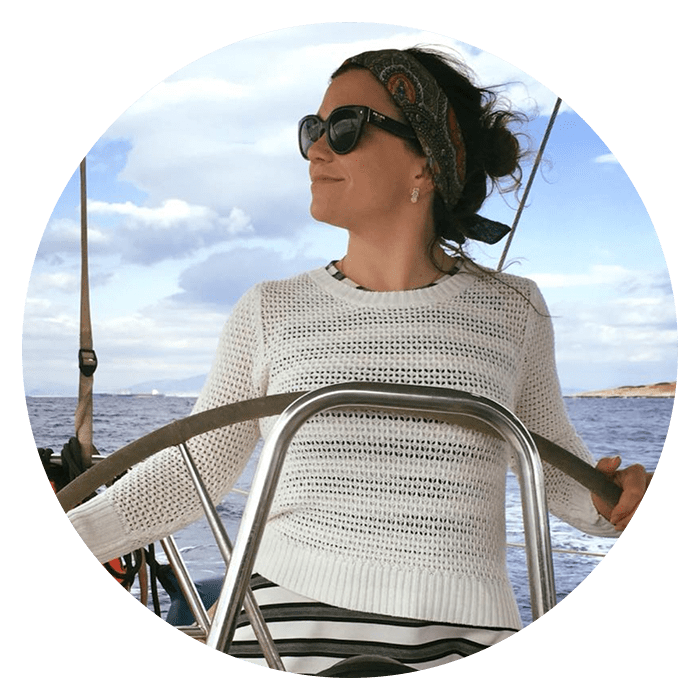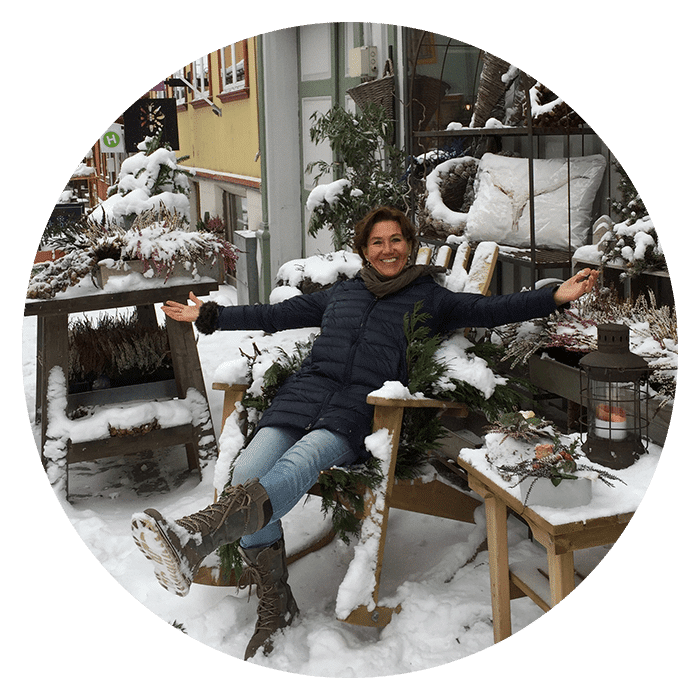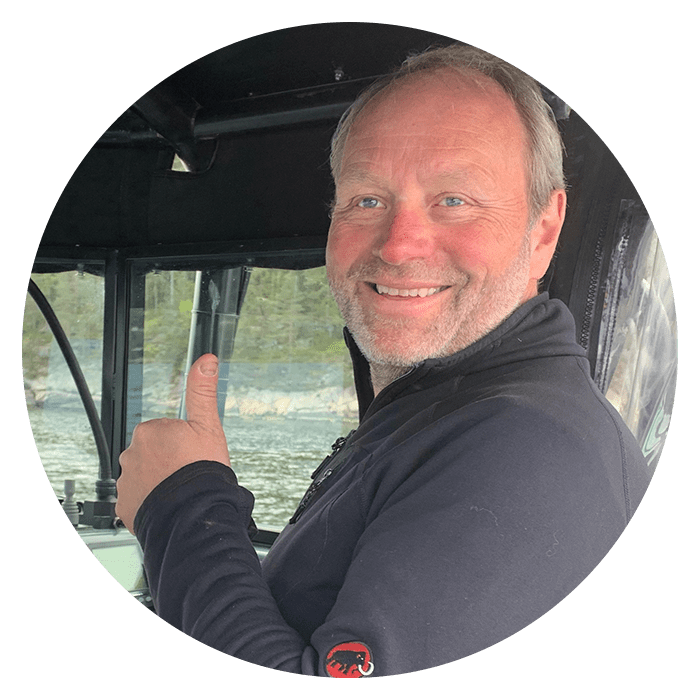Equality, freedom… and waffles. The foods, traditions and way of life here on the outskirts of Europe may sometimes seem peculiar. Hopefully you can learn a thing or two by reading here.
Official Name: Kingdom of Norway
Area: 385,178 km2
Population: 5,258,317 (2017)
Population per km2: 15 persons
Capital city: Oslo (approximately 634,293 inhabitants)
Language: Norwegian (Bokmål and Nynorsk. In some districts, Sámi is also an official language).
Religion: Church of Norway (Evangelical Lutheran)
Currency: 1 Norwegian Krone = 100 øre
System of Government: Constitutional Monarchy
The electrical current in Norway is 230 Volts. Plugs are of the continental type, with two round prongs. American appliances require a transformer and a plug adapter for use in Norway. British plugs, with three prongs, will also require a plug adapter.
In Norway, VAT is included in the retail price and makes up to 20% of the price tag. Thousands of stores across the country offer visitors the opportunity to make use of the Tax Free Shopping service, which enables visitors to receive cash refunds of 12 – 19% when leaving the country. Some facts about tax free shopping:
1) The VAT rate in Norway is 25% on regular goods, which makes the VAT content 20%. For foods the rate is 11%.
2) The goods must be exported in unused condition within 1 month from purchasing date.
3) The Tax Refund Service is applicable to all EU residents provided they live outside Sweden, Denmark and Finland.
4) The minimum purchase amount is NOK 315 on regular goods, on foods NOK 280.
The first inhabitants were the Ahrensburg culture (11th to 10th millennia BC), which was a late Upper Paleolithic culture during the Younger Dryas, the last period of cold at the end of the Weichsel glaciation.
Between 3000 and 2500 BC new settlers (Corded Ware culture) arrived in eastern Norway. They were Indo-European farmers who grew grain and kept cows and sheep. The hunting-fishing population of the west coast was also gradually replaced by farmers, though hunting and fishing remained useful secondary means of livelihood.
From the 8th to the 10th century, the wider Scandinavian region was the source of Vikings. The looting of the monastery at Lindisfarne in Northeast England in 793 by Norse people has long been regarded as the event which marked the beginning of the Viking Age.
Upon the death of Haakon V (King of Norway) in 1319, Magnus Erikson, at just three years old, inherited the throne as King Magnus VII of Norway.
After Sweden broke out of the Kalmar Union in 1521, Norway tried to follow suit, but the subsequent rebellion was defeated, and Norway remained in a union with Denmark until 1814, a total of 434 years.
After Denmark–Norway was attacked by the United Kingdom at the Battle of Copenhagen, it entered into an alliance with Napoleon, with the war leading to dire conditions and mass starvation in 1812.
From 1945 to 1962, the Labour Party held an absolute majority in the parliament. The government, led by prime minister Einar Gerhardsen, embarked on a program inspired by Keynesian economics, emphasising state financed industrialisation and co-operation between trade unions and employers' organisations.
Norway is a young nation with a long history, especially as a maritime nation. In spite of being joined to Denmark for 400 years, Norway retained a strong cultural tradition of its own which, together with cultural impulses from abroad, produced its own unique diversity.
Norway’s climate fluctuates greatly from place to place, especially in its most northern parts. The lowest minimum temperature recorded is -51°C in Karasjok in northern Norway. Due to the Gulfstream along the entire coastline, the temperatures are moderate and often can reach more than 20 degree in the summer.
Norway is noted for its excellent raw products, particularly fish. You can find smoked salmon, gravlaks (cured salmon) and trout in most restaurants, but you can also enjoy freshly caught white fish such as cod, monkfish, and halibut. Herring and shellfish are also very popular – try a bag of shrimps fresh from the fisherman’s boat and enjoy it on the quayside!





In the norwegian language we have a word for passionate people “ildssjel” which translated means “firesoul”. It is descriptive for the norwegian mentality.
Our team and local partners are all “ildsjel” and therefor can communicate true values and give this little extra which never can be paid with money. It is the human encounter which is our core together with meaningful experiences
We are a value-based DMC focussing on innovative, sustainable and new thinking experiences in whole Norway.
Our content is based on the human encounter with local passionate people who are our partners and your hosts
All rights reserved ©2021 – Privacy Policy – Authenticore – designed by Tanguy Favre
This can be seenin the areas and people in this huge country. It was a tough country to live in with its harsh nature and climate and that is the reason why there exists a wprd for passionate people in the Norwegian language: “ildsjel”, translated “Firesouls”. It is used for people who live their dream and burn for something. To get something done in the old days one had to truly burn for it and be passionate.
In addition to its music, literature and art, Norwegian culture is evident in the traditional national costumes or bunads, which are worn with pride on special occasions such as weddings, christenings and of course on 17 May, the Norwegian national day. The Sami are the indigenous people of Norway and are today a minority group. They have their own parliament and live mainly in Oslo and in the county of Finnmark in northern Norway. The Sami people traditionally make their living from reindeer herding, hunting and fishing. They have a very interesting cultural heritage of which they are proud, and they produce beautiful arts and crafts.
The coldest months of the year are January and February and the warmest time in the inland areas is mid-July, while the coastal and mountains regions may reach their peaks in August. During this time temperatures may reach 20 to 30 degrees Celsius. Given Norway’s extreme northerly position, its mainland climate is surprisingly mild. This is due to the trade winds forced across the Atlantic Ocean by the American continent and the warm currents flowing north from the Equator towards the Norwegian Sea.
The climate in Norway differs from that of the rest of Scandinavia. The high mountain ranges dividing mainland Norway provide protection from precipitation to large areas of inland eastern Norway, giving this area a more continental climate than would be expected in light of its proximity to the coast. Some of these areas east of the mountains have an annual rainfall of less than 300 mm. Most of the precipitation from the sea falls along the west coast of Norway, with some areas recording a maximum rainfall of 3000 mm annually. There are about 100 rainy days in inland Norway and some 150-200 rainy days on the coast. The strength and direction of the wind in Norway varies greatly as a result of fast-moving pressure fronts, and the winds along the coast and in the mountains are often quite strong.
Winter reigns from December to March/April and offers snow clad landscapes, innumerable winter sports, ice blue skies and a fantastic light, especially in the north. Spring comes in April/May and fights its way through snow and ice to give life to streams and rivers before dressing nature up in vivid greens and other gleaming colours. Summer turns up in June and strengthens the colours and growth of spring while reminding us how wonderful life can be. In the north of the country the midnight sun creates endless days. By the end of August, summer takes its last breath and gives way to the cooler autumn. The crisp air and the red, orange and yellow leaves on the trees make September and October a true seasonal symphony to the eyes.
If you like meat dishes, you should not leave Norway without trying reindeer, moose, red deer or grouse. Enjoy it with a creamy sauce – and if you treat yourself to a glass of good red wine it should make for a very fine meal indeed.
Goat’s milk cheese prepared in a special way (brunost) is a Norwegian speciality. This brown, sweet cheese is not widely known outside of Norway, but is loved by Norwegians of all ages. Cured or dried meat (spekemat) in the form of ham and dried sausages is popular summer food in Norway. Spekemat is usually served with wafer-thin crisp bread (flattbrød- another Norwegian speciality), sour cream and scrambled eggs, and always goes down well with a good Norwegian beer and a shot or two of aquavit. In recent years, a number of Norwegian chefs have won top international awards in highly prestigious culinary competitions. They have helped to raise the standard of Norwegian restaurants and develop a modern cuisine based on traditional Norwegian produce.